Arbitrary Output Variables
Arbitrary Output Variables
Arbitrary Output Variables (AOVs) are the secondary images produced by the renderer. There can be any number of them generated simultaneously and each one may go to a different file, a different display driver, or use different pixel filter settings. In some cases, special pixel filter modes may be used to avoid mixing values from different samples in a non-sensical way; typically these select a single sample to be representative of the whole pixel.
Broadly speaking, AOVs in RIS fall into three main categories: Built-in AOVs, Integrator (Global) AOVs, Custom AOVs, and Light Path Expressions.
Built-in AOVs
The built-in AOVs display mostly geometric information pertaining to points on the visible surfaces seen by the camera. These values are automatically generated by the renderer and are available as AOVs regardless of the active integrator. Here is the current list of available builtin-ins:
|

|
|
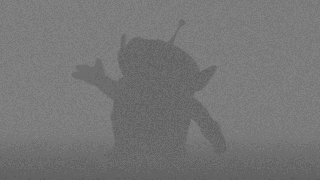
|
|
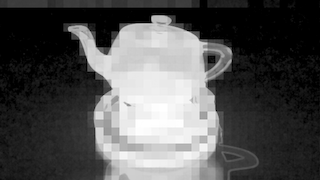
|
|
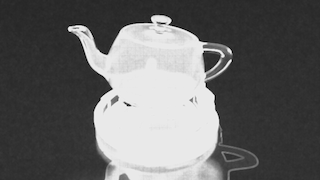
|
|
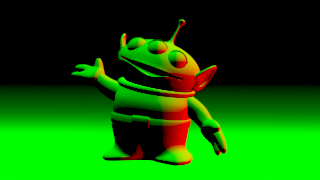
|
|
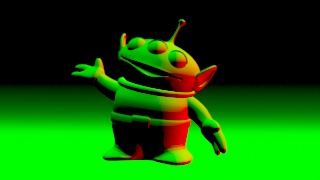
|
|
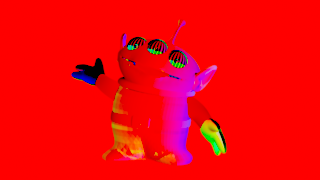
|
|
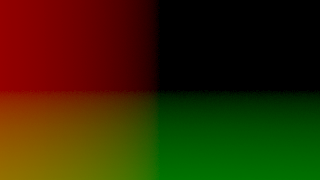
|
|
|
|
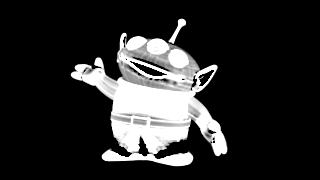
|
|
|
|
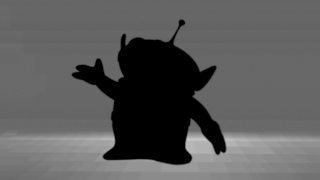
|
|
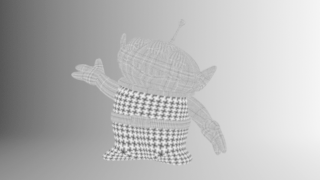
u |
|
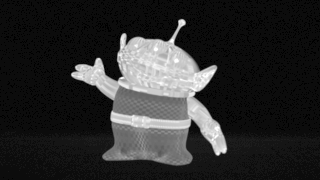
du |
|
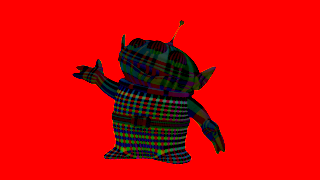
dPdu |
|
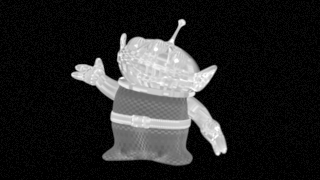
dufp |
|
|
|
|
|

|
|
Integrator (Global) AOVs
On top of regular LPE-based AOVs, this integrator ouptuts a number of standard AOVs typically used by compositors.
| Declaration | Contents | Channels |
|---|---|---|
| color __Pworld | P in world-space | __Pworld.r : x component
__Pworld.g : y component
__Pworld.b : z component
|
| color __Nworld | Nn in world-space | __Nworld.r : x component
__Nworld.g : y component
__Nworld.b : z component
|
| color __depth | Multi-purpose AOV | __depth.r : depth from camera in world-space
__depth.g : height in world-space
__depth.b : geometric facing ratio : abs(Nn.V)
|
| color __st | Texture coords | __st.x : s
__st.y : t
__st.z : 0.0
|
| color __Pref | Reference Position primvar (if available) | __Pref.r : x component
__Pref.g : y component
__Pref.b : z component
|
| color __Nref | Reference Normal primvar (if available) | __Nref.r : x component
__Nref.g : y component
__Nref.b : z component
|
| color __WPref | Reference World Position primvar (if available) | __WPref.r : x component
__WPref.g : y component
__WPref.b : z component
|
| color __WNref | Reference World Normal primvar (if available) | __WNref.r : x component
__WNref.g : y component
__WNref.b : z component
|
Custom AOVs
In addition to the above, some custom shading plugins may recognize other requests for AOVs and respond to them in their own particular ways. The names of these AOVs and what exactly gets displayed is up to the particular plugin.
Examples
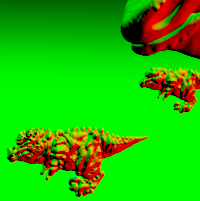
|
A Tale of Three Dinos - We've played with the Dino example a bit here to show off some of the AOV support in PRMan's RIS mode. Note that, at this time, this particular .rib file is not included with the other examples. |
